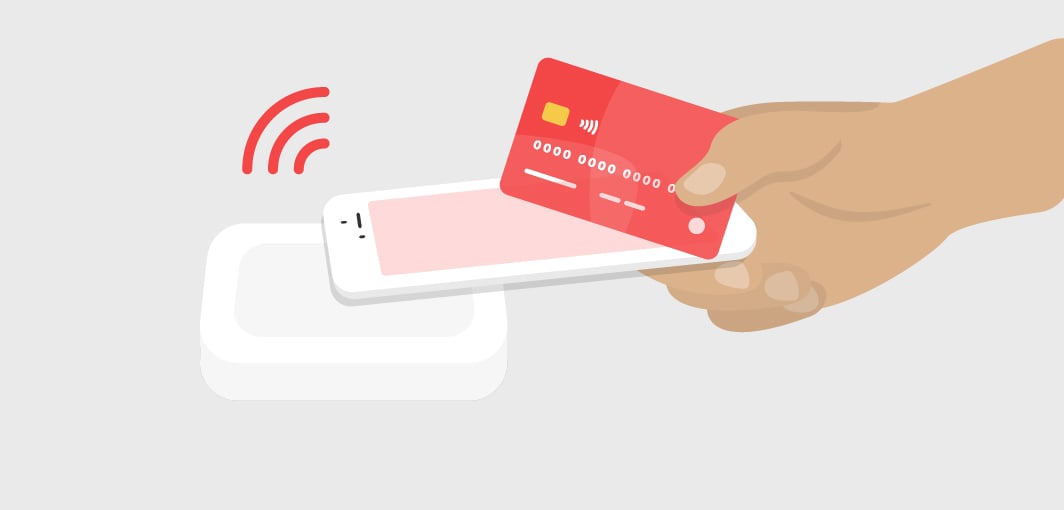The term ‘Open Loop’ references the fact that the ticketing system leverages existing open ‘tokens’ and processes that are not proprietary to the transport network in question. These tokens also work outside of the transport system, hence 'Open'. The main 'Open Loop' tokens are a cEMV contactless bank card or cEMV payments made through a mobile device.
For an ‘Open Loop’ system to work there needs to be a token available within the transport network’s ridership which is ubiquitous enough that a ‘token’ does not need to be issued by the transport provider (or media issuance is kept to an absolute minimum).
Two devices well suited to be used as ‘tokens’ in most Western cities today are smartphones and contactless credit cards (contactless EMV).
The level of ubiquity for smartphones is generally very high, being around 65-95% in Europe and the US. EMV contactless is more sporadic than the smartphone, in some cases being very high and others not yet in-market, but is growing in most regions around the globe. The smartphone has many different ways of communicating a token - from NFC to Bluetooth Low Energy and, of course, a screen which can be used to display a barcode.
The ‘tokens’ in a contactless EMV system allow the secure payment infrastructure put in place by the payment networks (e.g. MasterCard, Visa, American Express, Discover etc) to be used to uniquely identify individual customers.
Open Loop tokens are typically paired with an Account-Based back-office system to calculate the correct fare for a rider based on the travel patterns captured by the token’s use within the transit network.
Moving beyond contactless EMV and smartphone devices, an Account Based Ticketing system can also support the ability for passengers to use other ‘tokens’ to travel such as a library, student or national identity card, mobile barcode or smartcard.
Open Loop is the term used for describing open tokens that work outside of a transit system, such as contactless bank cards and mobile payments, to enable people to travel on public transport. This simplifies the experience for the passenger, as there is no longer a need to queue for a ticket, and reduces the cost of fare collection for the transit provider as it no longer needs to issue and manage the fare media.
Further reading:
- Blog: The Benefits of Account Based Ticketing
- Blog: Everything You Need to Know About Account Based Ticketing
About Masabi’s Justride Platform
Masabi is bringing Fare Payments-as-a-Service to public transit agencies of all sizes around the globe. Through our Fare Payments platform, Justride, transport agencies and operators in cities of all sizes receive the latest ticketing innovations quickly, using a platform which is constantly updating and adding new features. This not only improves the journey experience for passengers but also helps transport agencies keep up with the pace of technology change while reducing the total cost of fare collection, meaning more money can be put back into running transport services.


